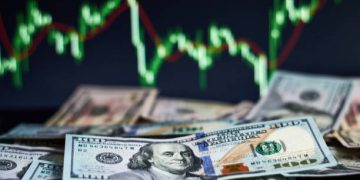On the campaign trail, Donald Trump pledged to use tariffs to revitalize American industry, bring jobs back home, and reduce trade deficits. More than six months into his administration, experts note that tariffs are increasingly being used as a central instrument of US economic policy, sometimes extending beyond traditional economic purposes.
India is currently a key focus. After five rounds of trade talks with the United States, no agreement has been reached, particularly over access to India’s agriculture and dairy markets. With negotiations stalled, the administration has signaled that a further 25% tariff could be imposed on Indian goods, potentially raising total tariffs to 50%—among the highest imposed on any trading partner, alongside Brazil.
Observers highlight that this approach marks a shift from earlier bipartisan efforts aimed at strengthening ties with India. Instead, tariffs have become a recurring instrument in discussions with countries that resist US trade demands.
Canada has also been affected, facing a 35% tariff linked to ongoing policy disagreements, while Brazil—despite its rare trade surplus with the United States—has been targeted with a 50% tariff. These measures, described by some in the administration as “national security tariffs,” are seen as part of a broader strategy to influence global trade partners.
“Tariffs have a very specific purpose of protecting domestic industry from competition,” said Dr. Stuart Rollo of the Centre for International Security Studies at the University of Sydney. “This usage seems to extend beyond economics into a wider strategic tool.”
Critics argue that the measures may complicate relationships with countries that have traditionally been close US partners. Devashish Mitra, a professor of economics at Syracuse University, noted that some trading partners view the approach as inconsistent, potentially affecting long-term cooperation.
The tariffs come at a time when the US is adjusting its broader international strategy. With reductions in traditional diplomatic initiatives, trade measures are increasingly stepping in to fill the gap. Analysts suggest that tariffs have, in some cases, come to substitute for conventional diplomacy.
#SupplyChainNews #TradeUpdate #USTariffs #GlobalTrade #EconomicPolicy

















